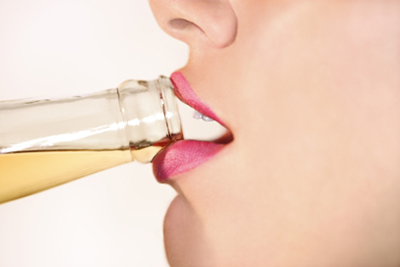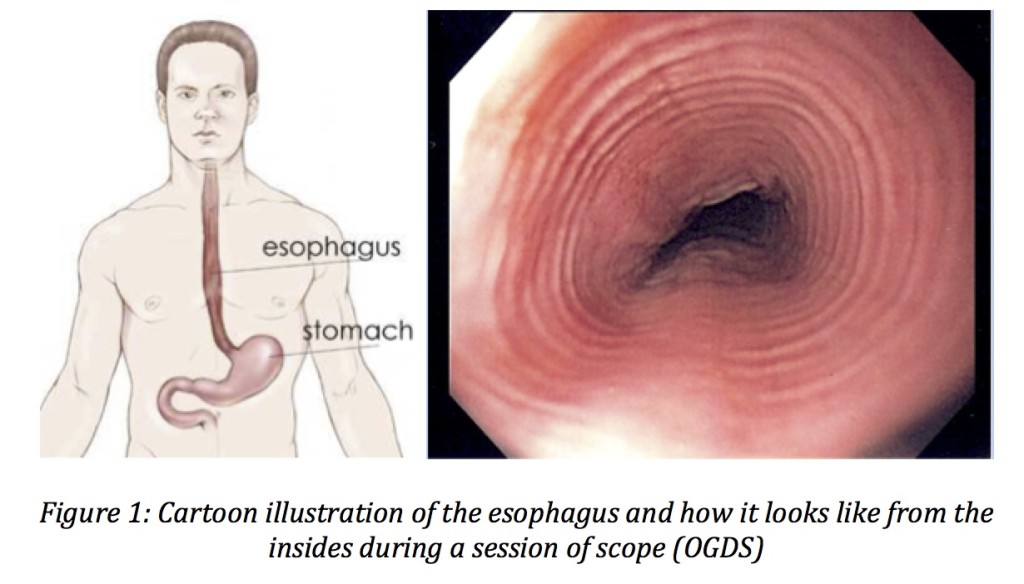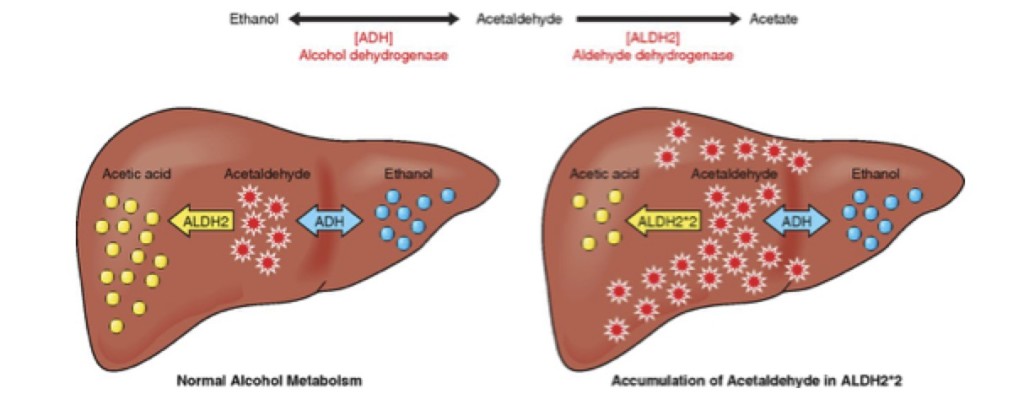
Woman drinking
There is a reason why epidemiological studies have revealed that oesophageal cancer is one of the more common malignancies to affect the Asian population, particularly among the Korean, the Chinese and the Japanese. The oesophagus is a swallowing tube that connects the mouth and the throat to the stomach. It functions to channel solids and liquids, as well as to prevent gastric acid from being regurgitated upwards through a solid locking mechanism that acts like a sentry box. This article hopes to raise significant awareness amongst the general public as to how dismal the prognosis is for both gastric and oesophageal cancer, and what you can do to reduce the risk of getting it, in particular addressing alcohol intake.
I’m sure that most of you are aware that some of your friends do go tomato red as they start chasing down beers or shots of vodka down their throat. Had it not been for the substantial evidence that points towards its negative connotations, it would have been nonetheless comedic. There is a misconception that tends to go around by stating claims that a person’s alcohol tolerance is higher than normal should he flush easily. With compliments from fellow drinkers, one couldn’t help but continue to over-indulge. Is the sky the limit? I hardly think so… and scenes of party-goers thronging local clubs, pubs and bars are a typical sight on a usual late Friday and Saturday nights to de-stress work headaches. It’s not surprising to witness bottles after bottles of beers being laid out on the table with half-inebriated drunkards wallowing in the beat of the background music, whilst clapping their fellow buddies on their back to encourage them to drink more!

But have you ever stopped to wonder the reason why you do blush after having taken only half a glass or even a glass of beer? Ever wonder how fast your heart rate would shoot up and make you uncomfortable? Feel the general throbbing headache, itch or crawling sensation that prowls throughout your body and make you feel nauseous or wanting to throw up altogether? Or more importantly, have you ever decided on Google-ing up the fact behind this problem? To certain local populations, particularly the Chinese, being reddish augurs well as it is synonymous to the symbol of prosperity and fortune. Some would even go on to claim that their circulation is more and therefore better, and it means they can go on and drink more without guilt, knowing for a fact that their body would get rid of it soon after.
Culturally, that may be so. But let me take you on a short journey by explaining to you how these flush symptoms come about and how it is related to the increased risk of developing oesophageal cancer. Under normal circumstances, the diagram depicted below shows how the body metabolizes or processes alcohol.
Alcohol (ethanol in the case of the above diagram) is absorbed from the gut and thus distributed throughout the circulation before ending up in the liver for proper metabolism. It is first converted into a product called acetaldehyde by an enzyme called alcohol dehydrogenase. The body would then convert acetaldehyde to acetic acid (acetate) by another enzyme called aldehyde dehydrogenase before getting rid of them totally from the body.
The main problem here is the carcinogenic substance of acetaldehyde, which is the sole cause of the alcohol flush syndrome and appears to be 30 times as toxic as its primary compound. Prolonged exposure to acetaldehyde has in fact been shown to increase the risk of damage and mutation towards cells lining the oesophagus and stomach, thus leading to cancer. Even with early detection, such subtle cancerous growth may have already progressed to a more advance stage before clear-cut symptoms of swallowing difficulty start to crop up alerting the patient.
Considering such dire outcomes, it is obvious that the only method of cure is prevention. Back to the main subject where in Eastern Asians as described, it has been discovered that their aldehyde dehydrogenase enzyme is not as clever as it should be in detoxifying acetaldehyde, thus leading to the bottlenecking of these substances, which then stays longer in the body to incite more harm. Through years of research, the fault lies in the altered genetic makeup of these enzymes that differ from other world’s population and in particular the Caucasians and Indians where the aforementioned enzymes function better in getting rid of acetaldehyde from the body. You may say that they are lucky, but cancers aren’t just the only problem associated with alcohol ingestion and no one escapes from liver problems that come with prolonged alcohol indulgences.

Perhaps such genetic framework that certain population acquires isn’t all that bad after all. The flushing mechanism may work as a way to deter one from continuing to over-indulge and thus leading to the overwhelming of the liver enzyme metabolism makeup. Stopping at half a glass, or even a glass a time or so to prevent such symptoms from occurring may indirectly help in reducing the amount of alcohol intake. In actuality, the alcohol flush syndrome may work in ways that benefit you or rather, all those who are affected, to reduce the risk of oesophageal cancer as such redness may keep in check of the quantity that you put into your mouth each time you decide to go all out. Embarrassment from being a tomato aside, I would rather think of its significance as an alarm clock towards cessation of further drinking lest dire consequences take route in your body.
For drinking fans out there, news as to cure of such a syndrome is not possible and undoubtedly it would not be one that scientists would look into. After all, drugs (disulfiram) used to stop alcohol dependence work pretty much like how the flush syndrome works and thus aid in deterring further drinking sessions through negative feedback. And always remember that drinking not only leads to the consequence of cancers, but also raises other risk of complications such as that of hypertension, obesity, dyslipidemia, liver cirrhosis and liver failure.
Dr. Chiam Keng Hoong is an internal medicine physician and a MRCP holder. He currently works in Sabah.
References:
- Scientific Committee on Cosmetic Products and Non-Food Products (2004-05-25). “Opinion of the Scientific Committee on Cosmetic Products and Non-Food Products Intended for Consumers Concerning Acetaldehyde”.11. Retrieved 2011-09-28.
- International Agency for Research on Cancer, World Health Organization. (1988). Alcohol drinking. Lyon: World Health Organization, International Agency for Research on Cancer. ISBN92-832-1244-4. p3
- Yukawa Y et.al; Impairment of aldehyde dehydrogenase 2 increases accumulation of acetaldehyde-derived DNA damage in the esophagus after ethanol ingestion. Am J Cancer Res. 2014 May 26;4(3):279-84
- Song Q et.al; Association between gastric cardia adenocarcinoma risk and alcohol flushing response, but not alcohol consumption. Med Oncol. 2014 Mar;31(3):858
[This article belongs to The Malaysian Medical Gazette. Any republication (online or offline) without written permission from The Malaysian Medical Gazette is prohibited.]
